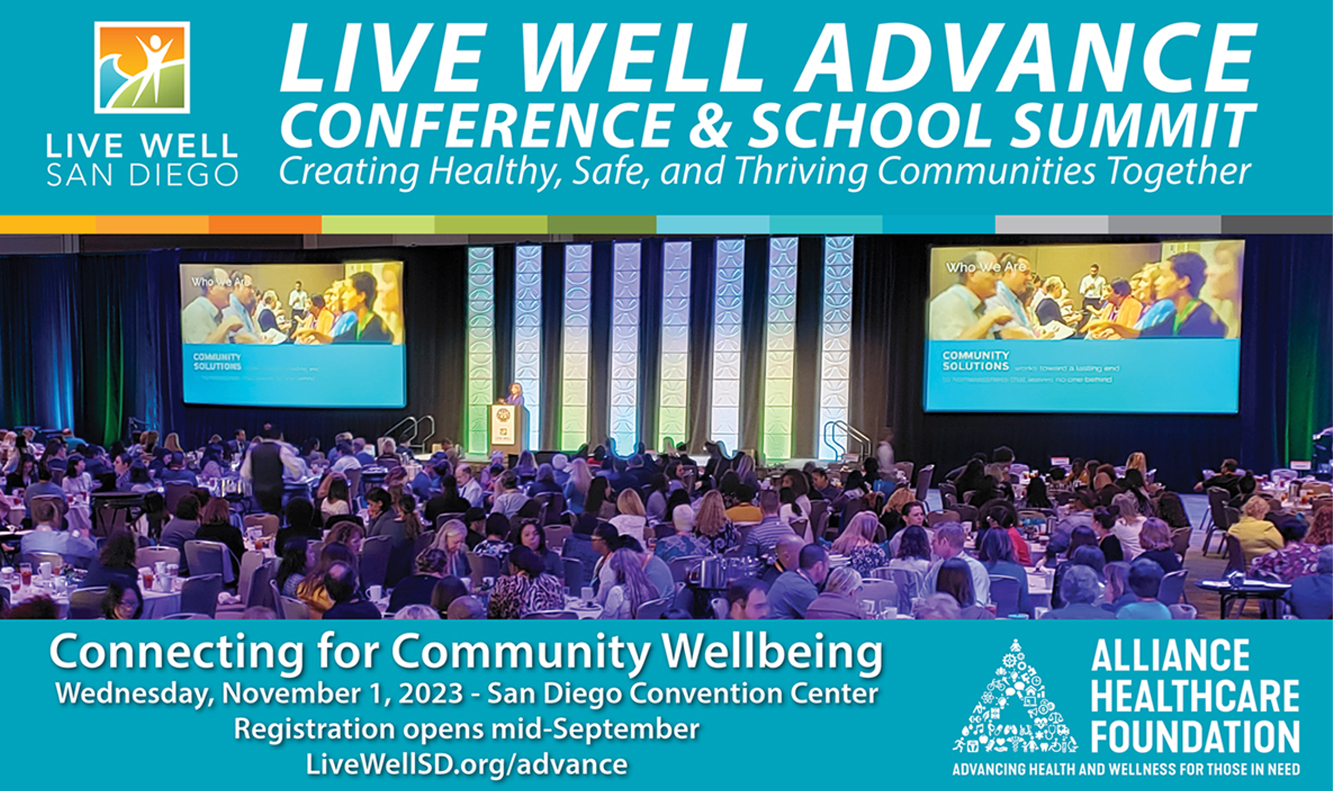January 16, 2016
Do you make healthy dietary decisions?
The human body benefits immensely from healthy eating by preventing a catalog of chronic diseases and by simply making you feel good. While most dietary practices are well established by this point, there remain some that require updating. In an effort to match our on-the-go modern lifestyle, the U.S. Department of Health and Human Services published 2015-2020 Dietary Guidelines for Americans to tackle evolving health problems facing Americans.
From Chapter 2 of 2015-2020 Dietary Guidelines for Americans: Most Americans exceed the recommendations for added sugars, saturated fats, and sodium. These are sometimes the hardest to reduce because they are hidden. Reading the label is a must! I was shocked when I read that some juices have more sugar than soda, but knowing that can help you be more conscious about the choices you make at the grocery store, helping you choose smarter, healthier offerings.
With the release of the U.S. Department of Health and Human Services 2015-2020 Dietary Guidelines for Americans comes an updated outlook at healthy eating. This eighth edition of healthy suggestions for Americans focuses on three main tips to implement in your life. The guide is interactive and quite a joy to use, so I encourage you to have some fun while designing your new diet plan.
- Eat for Health and for the Long Run
Establishing a healthy eating pattern helps eliminate unnecessary trips to your local fast food spot. The new Dietary Guidelines for Americans outlines a variety of healthy eating patterns to allow you to create an option that works best for your life.
Calorie intake varies depending on factors such as gender, age, weight, and level of physical activity, so make sure to craft a plan that works for you and your body. The guide outlines recommendations for each food group by including surprising facts that educate and help steer you in a healthy direction.
Start with perhaps the most foreign food group for many of us: vegetables. It may surprise you that there are five subgroups of vegetables which are dark green, red and orange, legumes (beans and peas), starchy, and other. This may seem overwhelming, but the long list of nutrients in vegetables can still be absorbed through canned and frozen versions.
- Start with Small Changes
Implementing a significant shift in your life can be overwhelming, and it certainly is not easy. Remember to begin with small, manageable changes that align with your overall goal. Through minor victories, you can build self-confidence and tackle your major goal one bite at a time.
Over time, you’ll develop healthy eating habits, and your dietary choices won’t be conscious—they’ll just result naturally from the build up of these daily victories!
- Support Healthy Choices for Everyone
Try not to limit your efforts to just your own kitchen. I often find myself enjoying a nutritious meal at work, which presents an ideal environment to influence others by being a healthy eating role model. Our staff has talked about making healthy choices as a team. We make a point to keep sodas out of the office, and we also keep our health goals in mind when ordering food for meetings.
By encouraging others and acknowledging their honest efforts, you effectively reinforce your own goals while attracting outsiders to join the movement toward a healthy lifestyle, as well.
Did the latest edition of Dietary Guidelines for Americans omit any important information regarding a healthy lifestyle? We would love to hear feedback on things you like from the updated guidelines. Feel free to share your dietary goals!

Alliance Healthcare Foundation
NSasaki@AllianceHF.org
About Alliance Healthcare Foundation
Alliance Healthcare Foundation is a San Diego-based nonprofit which works with nonprofit, government and community agencies to advance health and wellness throughout the San Diego and Imperial Counties. AHF works to serve the most vulnerable – the poor, working poor, children and homeless by providing grants, advocacy and education to support its region.
To learn more about AHF, visit: AHF on Facebook, AHF on LinkedIn, AHF on Google+, AHF on YouTube, AHF on Twitter
To learn more about our grantees, visit our Grantee Page.
Related News

Jul 13, 2023
Grants, Pro Bono Consulting & Conferences
Partner News + Opportunities Grants, Pro Bono Consulting and Conferences [...]

Jul 12, 2022
Imperial Valley Wellness Foundation: Opens 2022 Mission Support Applications
Imperial Valley Wellness Foundation Opens Mission Support Funding Application El [...]

Jun 14, 2022
AHF Job Opening
Wanted: Senior Director of Strategy & External Relations and other [...]

